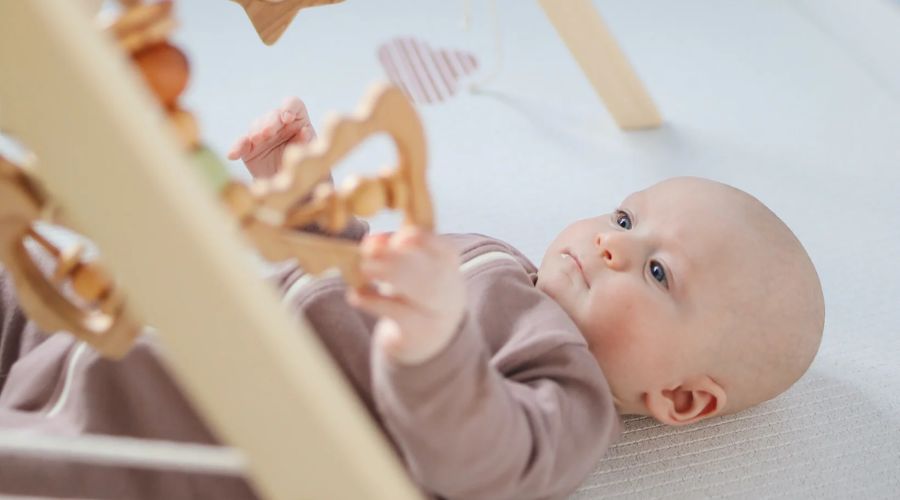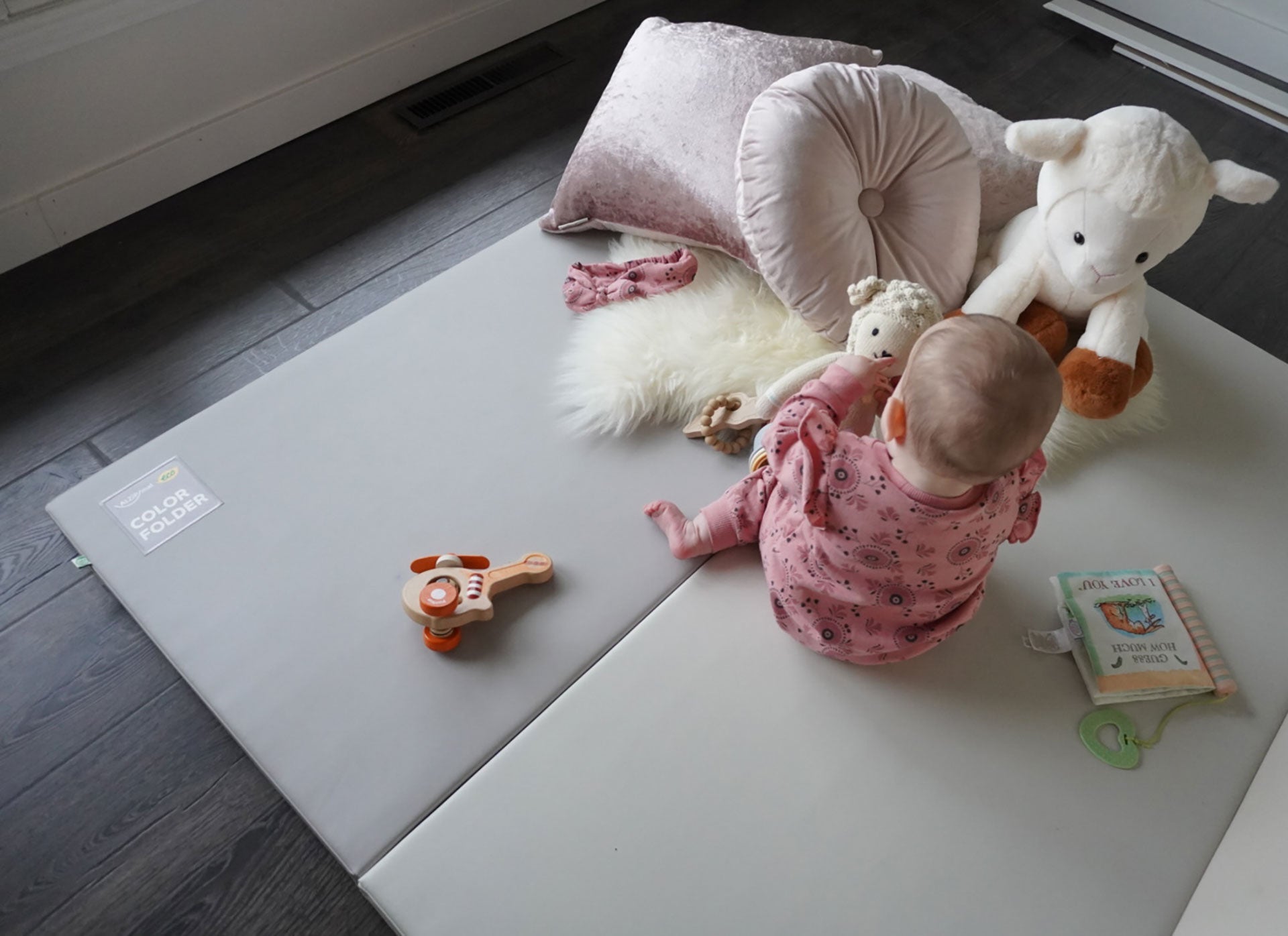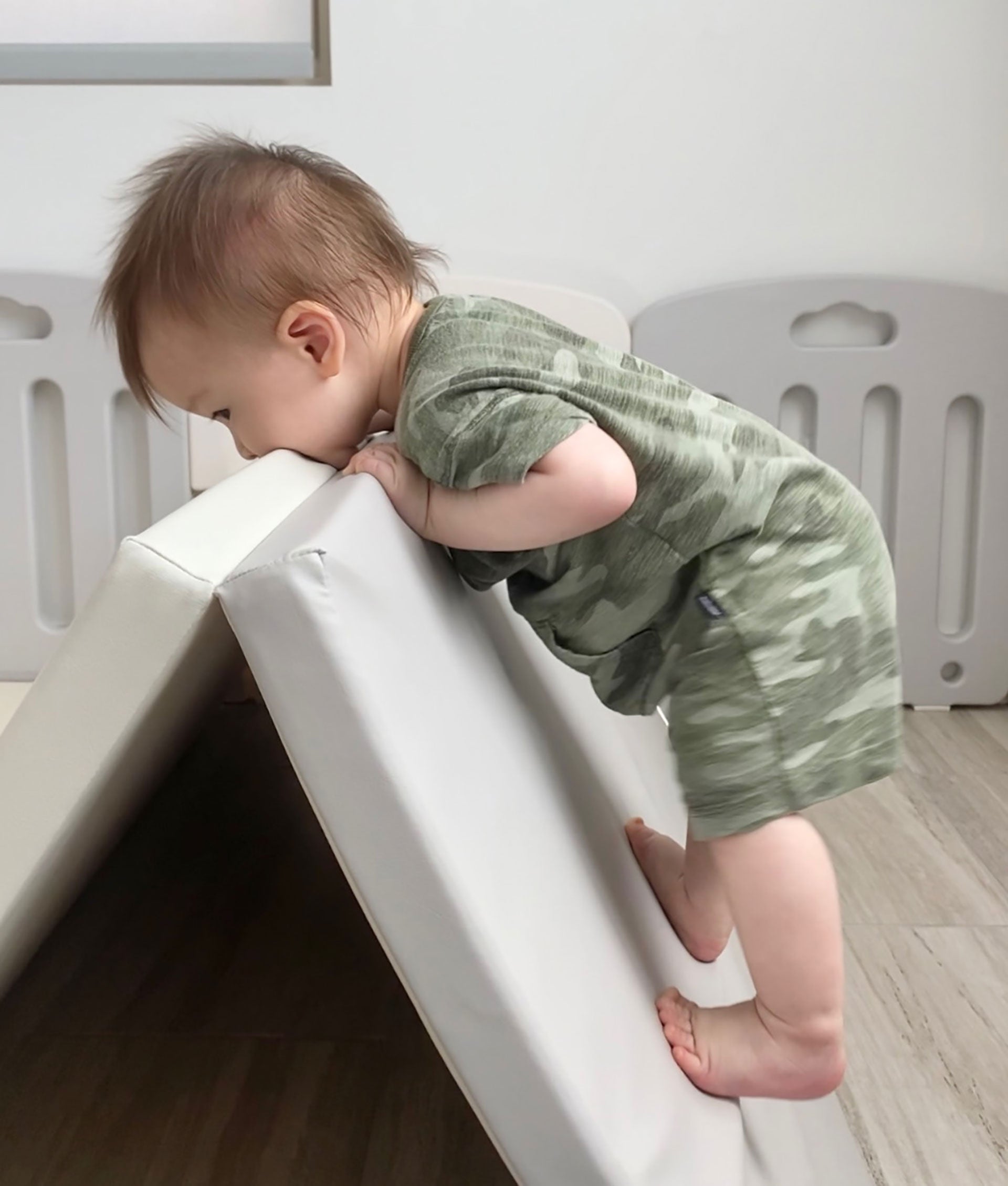
Toxins in Baby Products | Safer Materials to Look For
As parents, it's instinctual to protect your child. This often involves scrutinizing every product you bring into your home, especially those that come into contact with your precious little one.
It's worth noting that a number of baby items, such as toys, clothing, baby lotion, carpets, playmats, feeding accessories, and bedding, could potentially contain substances that aren't entirely beneficial. As a caring parent, it's crucial to be aware and to shield your little one from any potential harm.
Familiarizing yourself with common toxins becomes an integral step to knowing what to avoid and what safe alternatives to look for in baby products.
Common Toxins Found in Baby Products
1. Formaldehyde - Imagine a strong fragrance that isn't so nice. Formaldehyde is a colorless gas with a strong, pungent smell. Often used as a preservative to prevent bacterial growth baby products Prolonged exposure can lead to skin irritation and other respiratory problems.

How to avoid Formadelhyde exposure
- Choose Formaldehyde-Free Products: Look for baby products labeled as formaldehyde-free, especially when buying items like baby wipes, shampoos, bedding, and any items with disinfecting qualities.
- Ventilation is Key: New items, especially synthetic ones, can release formaldehyde over time. Allow them to off-gas in a well-ventilated area before introducing them to your baby's environment.
This chemical is commonly found in a variety of everyday items, including the lining of canned foods, plastic baby bottles, and even teething toys and containers.
Hormonal imbalances can trigger a myriad of health complications, some of which may not be apparent until later in life. It's crucial, therefore, to limit exposure to BPA as much as possible.

How to Limit BPA Exposure
Choose BPA-Free Products: Look for items labeled as 'BPA-free'. This is especially important when buying baby bottles, sippy cups, and pacifiers.
- Avoid Heat: BPA can leach from products when subjected to high temperatures. Avoid microwaving plastic baby bottles or containers that contain BPA.
- Consider Alternatives: Consider using glass, porcelain, or stainless steel containers for baby food and drinks, especially for hot items.
3. Flame Retardants - These are like brave firefighters for stopping fires. These chemicals have been linked to developmental delays and can be harmful if ingested or inhaled.

Main ways you can be exposed to Flame Retardants

Source:Propostion65
How to Avoid Flame Retardants Exposure
- Research Before Purchase: Prioritize brands and products that are transparent about their manufacturing process and materials used.
- Steer Clear of Foam: Foam-filled furniture, like sofas and mattresses, are often major sources of flame retardants due to their flammability. On a brighter note, you can now find 'chemical-free' furniture options such as futons that are free from toxic flame retardants.
- Go Minimalist: Electronics and plastics, often coated in chemicals for fire resistance. Consider reducing your home's clutter. Ask if every item is necessary, like multiple TVs or excess kitchen gadgets. Opt for alternatives where possible.
- Adopt Frequent Dusting: Use a HEPA vacuum with a dusting attachment, then wipe surfaces with a natural cleaner containing orange oil for a more frequent and effective dusting routine.
Source: Learn.eartheasy
Safer Materials to Look For in Baby Products
Now that you know about harmful materials, here are the safe materials you should always look for in every baby product.
- Natural fibers: Look for clothing, bedding, and cloth toys made from organic cotton or bamboo. Organic cotton and bamboo are grown without pesticides or harmful chemicals.
- Silicone: This is a safer alternative for baby bottles, pacifiers, crawl mats, and teething toys. Silicone is durable, heat-resistant, and doesn't release harmful chemicals or substances into the items it comes into contact with.
- Polyurethane Foam: Imagine a soft cloud - that's polyurethane foam! It's cozy for baby gear like bags, mattresses, padded foldable mats, and strollers. It is made without harmful chemicals like certain flame retardants in other foam materials and rubber mats.
- Hypoallergenic: This particular term means products won't trigger allergies. Baby items labeled hypoallergenic are designed to be gentle on your baby's sensitive skin, preventing discomfort and irritation.
- FDA (Food and Drug Administration) Approved: Look for this safety seal on baby products, especially play mats! The material is food grade - the standard U.S. Food and Drug Administration sets for safe use in food production, storage, or preparation.
- Vegan Leather: A hypoallergenic material, is a safe choice for baby items as it lacks the harmful chemicals used in traditional leather. It's easy to clean, preventing bacterial growth, and its durability ensures long-term use.
Remember, the health and safety of your little one are always worth the extra mile!
At Wunderkids, we ensure to provide non-toxic and eco-friendly baby products. Discover our wide range of selections today. Allow us to be your support system - a platform committed to sharing guidance for new parents and guardians out there! Check out our other informative, and reader-friendly blogs.



